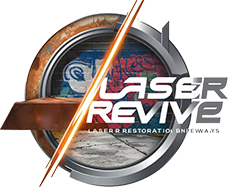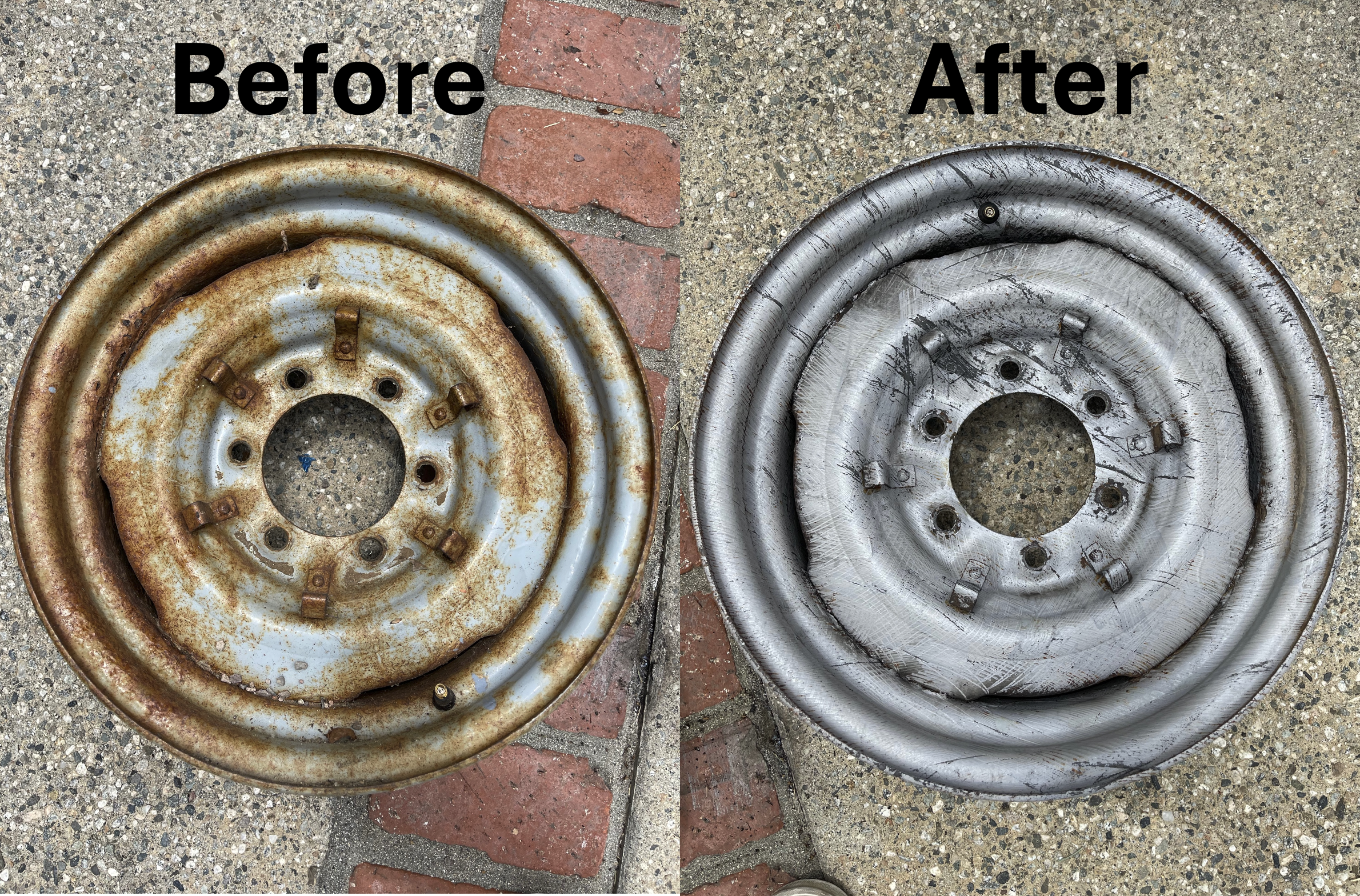The Revolutionary Impact of Laser Rust Removal in the Automotive Industry
The automotive industry has long faced the challenge of dealing with rust, especially in the restoration of classic cars. Traditional rust removal methods, such as sandblasting, chemical treatments, and manual scraping, are often time-consuming, labor-intensive, and can potentially damage the delicate surfaces of vintage vehicles. However, with the advent of laser rust removal technology, restoring classic cars has become quicker, easier, and more cost-effective than ever before. This revolutionary approach not only saves time and money but also ensures a higher-quality finish, preserving the integrity and value of these cherished automobiles.
The Advantages of Laser Rust Removal
Laser rust removal offers several advantages over traditional methods:
1. Precision and Control**: One of the most significant benefits of laser rust removal is its precision. The laser beam can be finely controlled to target only the rusted areas, leaving the underlying metal intact. This level of precision is particularly important for classic cars, where preserving the original material is crucial.
2. Non-Abrasive Cleaning**: Unlike sandblasting, which can be abrasive and wear down the metal surface, laser cleaning is non-contact and non-abrasive. This means that the metal remains undamaged, which is essential for maintaining the structural integrity and aesthetic appeal of classic cars.
3. Environmental Benefits**: Laser rust removal is an environmentally friendly process. It eliminates the need for harmful chemicals and produces minimal waste. This is in stark contrast to traditional methods that often rely on toxic substances and generate significant amounts of waste material.
4. Versatility**: Laser technology is not limited to rust removal. It can also be used to remove paint, grease, and other contaminants, making it a versatile tool in the restoration process. This means that after rust removal, the same laser can be used to strip the old paint, preparing the surface for a fresh coat.
5. Cost Savings**: Although the initial investment in laser equipment can be high, the long-term savings are substantial. The process reduces labor costs, minimizes downtime, and eliminates the need for consumables such as sand and chemicals. This makes laser rust removal a cost-effective solution in the long run.
Speed and Efficiency
One of the most compelling reasons to adopt laser rust removal in the automotive industry is the significant reduction in time required to complete a restoration project. Traditional methods can take days, if not weeks, to remove rust from an entire car frame. In contrast, laser rust removal can achieve the same results in just a few hours.
For example, consider a classic car frame that is heavily rusted. Using sandblasting or chemical treatments, it might take several days to clean the frame thoroughly. Additionally, these methods often require extensive setup and cleanup times. On the other hand, laser rust removal can clean the same frame in a fraction of the time, with minimal setup and virtually no cleanup required. This efficiency translates to faster project completion and quicker turnaround times, which is a significant advantage for restoration shops and car enthusiasts alike.
Cost Savings
The cost savings associated with laser rust removal are substantial. Traditional rust removal methods are not only time-consuming but also labor-intensive. Sandblasting, for instance, requires skilled operators and can result in high labor costs. Chemical treatments, while effective, involve the use of expensive and hazardous chemicals, adding to the overall cost and complexity of the process.
In contrast, laser rust removal reduces labor costs by automating much of the cleaning process. The precision of the laser means that fewer passes are required to achieve a clean surface, further reducing labor time. Additionally, the elimination of consumables such as sand and chemicals results in direct cost savings. Over time, these savings can offset the initial investment in laser equipment, making it a financially sound choice for restoration businesses.
Transforming the Industry
The introduction of laser rust removal technology has the potential to transform the automotive restoration industry. The ability to quickly and efficiently remove rust and paint from classic cars can lead to a significant increase in the number of restorations completed. This not only benefits restoration shops by increasing their throughput but also provides car enthusiasts with faster access to restored vehicles.
Moreover, the quality of the restoration is enhanced. Traditional methods can sometimes cause damage to delicate parts of classic cars, reducing their value. Laser rust removal, being non-abrasive, preserves the original material and maintains the car’s integrity. This results in higher-quality restorations that can command a premium in the market.
The Process in Action
Imagine a classic car that has been sitting in a garage for decades, covered in rust and old paint. The owner, passionate about restoring the vehicle to its former glory, brings it to a restoration shop that uses laser rust removal technology.
1. Initial Assessment: The restoration team performs an initial assessment to determine the extent of rust and paint damage.
2. Laser Setup: The laser equipment is set up, and the parameters are adjusted to suit the specific requirements of the car’s surface.
3. Rust and Paint Removal: The laser beam is directed at the rusted and painted areas. Within hours, the rust and old paint are vaporized, revealing the clean metal surface beneath.
4. Surface Preparation: The same laser is used to ensure the surface is perfectly clean and ready for a new coat of paint.
5. Painting and Finishing: The car is then moved to the paint booth, where it receives a fresh coat of paint, free from any contaminants that could affect the finish.
This entire process, from rust removal to painting, can be completed in a matter of days, compared to the weeks or months that traditional methods might require.
Conclusion
Laser rust removal is a game-changer for the automotive restoration industry. Its precision, efficiency, and cost-effectiveness make it an ideal solution for restoring classic cars. By significantly reducing the time and labor required to remove rust and paint, laser technology allows for faster, higher-quality restorations, ultimately transforming the industry. As more restoration shops and car enthusiasts adopt this groundbreaking technology, we can expect to see a new era of classic car restoration that preserves the beauty and value of these cherished vehicles for generations to come.

